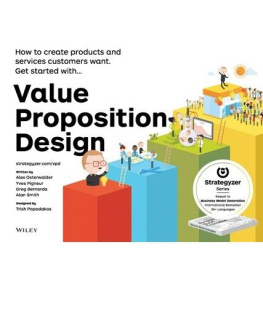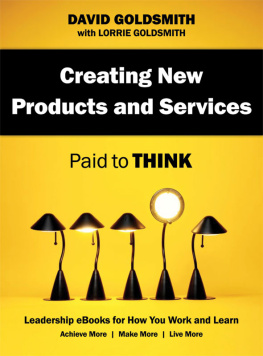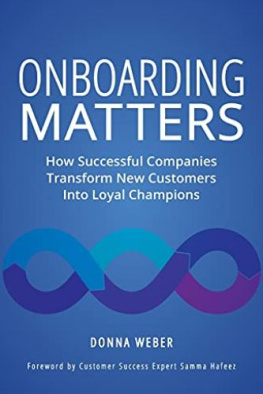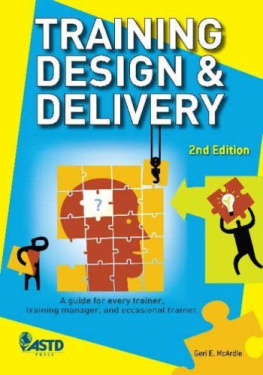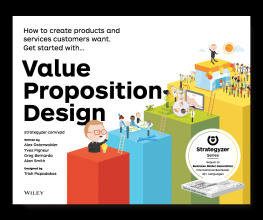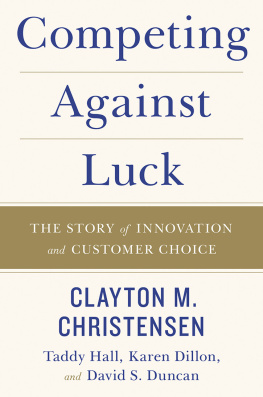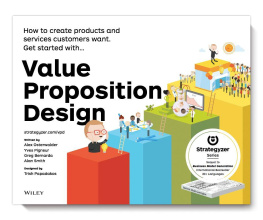Alex Osterwalder - Value Proposition Design (Summary): How to Create Products and Services Customers Want
Here you can read online Alex Osterwalder - Value Proposition Design (Summary): How to Create Products and Services Customers Want full text of the book (entire story) in english for free. Download pdf and epub, get meaning, cover and reviews about this ebook. year: 2015, publisher: getAbstract, genre: Romance novel. Description of the work, (preface) as well as reviews are available. Best literature library LitArk.com created for fans of good reading and offers a wide selection of genres:
Romance novel
Science fiction
Adventure
Detective
Science
History
Home and family
Prose
Art
Politics
Computer
Non-fiction
Religion
Business
Children
Humor
Choose a favorite category and find really read worthwhile books. Enjoy immersion in the world of imagination, feel the emotions of the characters or learn something new for yourself, make an fascinating discovery.
- Book:Value Proposition Design (Summary): How to Create Products and Services Customers Want
- Author:
- Publisher:getAbstract
- Genre:
- Year:2015
- Rating:3 / 5
- Favourites:Add to favourites
- Your mark:
Value Proposition Design (Summary): How to Create Products and Services Customers Want: summary, description and annotation
We offer to read an annotation, description, summary or preface (depends on what the author of the book "Value Proposition Design (Summary): How to Create Products and Services Customers Want" wrote himself). If you haven't found the necessary information about the book — write in the comments, we will try to find it.
getAbstract Summary: Get the key points from this book in less than 10 minutes.
This manual serves as the sequel, or attendant workbook, to the bestseller Business Model Generation by Alex Osterwalder and Yves Pigneur, who are co-authors here with their Strategyzer software colleagues Greg Bernarda and Alan Smith. Their value-design workbook reduces the process of creating a product or service to its basics. Its PowerPoint-style text and accompanying info-graphics illustrate a clear-cut process for developing products and services consumers want, and will buy, use and enjoy. The authors focus their instructional guidebook on practicalities while leaving R&D theory to others. Their repetition of jobs, pains and gains forms a mantra supporting one singular purpose: following a straightforward process for creating offerings that sell because they help clients with their jobs, ease their pains and give them the gains they seek. The bullet-point format supports concepts that feel intuitively self-evident information you may already know but havent codified or harnessed. Even experienced readers will benefit from this back-to-basic primers systematic approach. getAbstract recommends its information package clear illustrations, sharp methodology, exercises, discussion questions and checklists to designers and developers.
Book Publisher:
Wiley
Alex Osterwalder: author's other books
Who wrote Value Proposition Design (Summary): How to Create Products and Services Customers Want? Find out the surname, the name of the author of the book and a list of all author's works by series.

